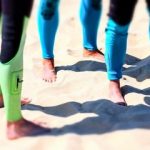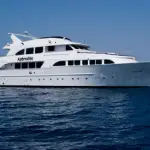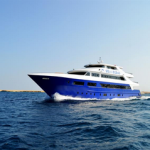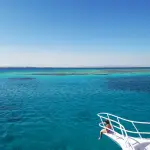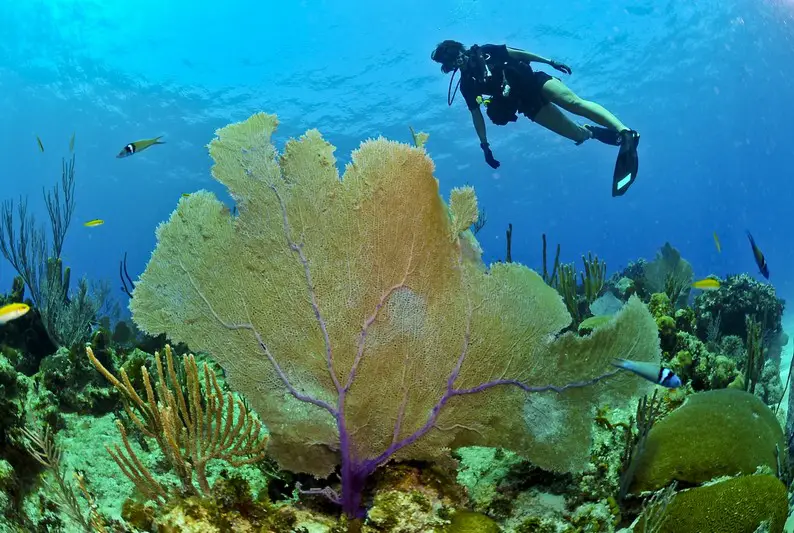
Egypt’s Red Sea is the perfect place to scuba dive, and it’s one of the cheapest places to dive, but is it safe to dive in the Red Sea?
Diving in the Red Sea is safe, but only when you follow normal safe diving practices and only when you dive to your level of certification and experience. Safety considerations when diving the Red Sea include diving in currents, scuba diving with sharks and other sea creatures, plus night diving.
In all the times I’ve dived the Red Sea I’ve been safe diving, with one exception when I got taken down to over 60 metres (197 feet) when I got caught in a strong down-current at Elphinstone Reef. But you have to be careful around oceanic whitetip sharks, as they can be aggressive towards divers.
The best way to dive anywhere in the world, including scuba diving the Red Sea, is by a scuba diving liveaboard. You can check the latest and best deals on liveaboards using the following window (see also below a table of Red Sea liveaboards):
What are the safety considerations for diving in the Red Sea, and how to make sure you dive safely?
Safety considerations when diving the Red Sea
- Currents and drift diving.
- Scuba diving with sharks.
- Scuba diving with sea creatures.
- Night diving safety.
Currents and drift diving
The Red Sea has currents, which in places can be strong. Diving in a current is fun, but there are safety considerations when diving a drift dive.
Drift diving is great fun because the current means you mostly don’t have to fin when you go with the current, as the current will power you through the water. One of my favourite drift dives in the Red Sea is at Elphinstone Reef.
The currents at Elphinstone can be very strong and can also be challenging at times. I was once pushed down to 65 metres in the currents around Elphinstone Reef, which at the time was scary. If you want to learn more about this story, and how to deal with a down current and not panic in this situation, please take a moment to read this article before you dive the Red Sea: How To Deal With A Down Current And Not Panic (Escape The Abyss).
You often need additional scuba equipment for drift diving, which includes a surface market buoy. If you’ve never dived on a drift dive, and if you’ve never used a surface marker buoy, to stay safe you should get the necessary drift diver training before diving your first drift dive.
There are other dive safety considerations when diving Elphinstone Reef, which is diving with the sharks at Elphinstone Reef. Sharks at Elphinstone Reef include oceanic whitetip sharks. See below about keeping safe when diving with oceanic whitetips sharks in the Red Sea.
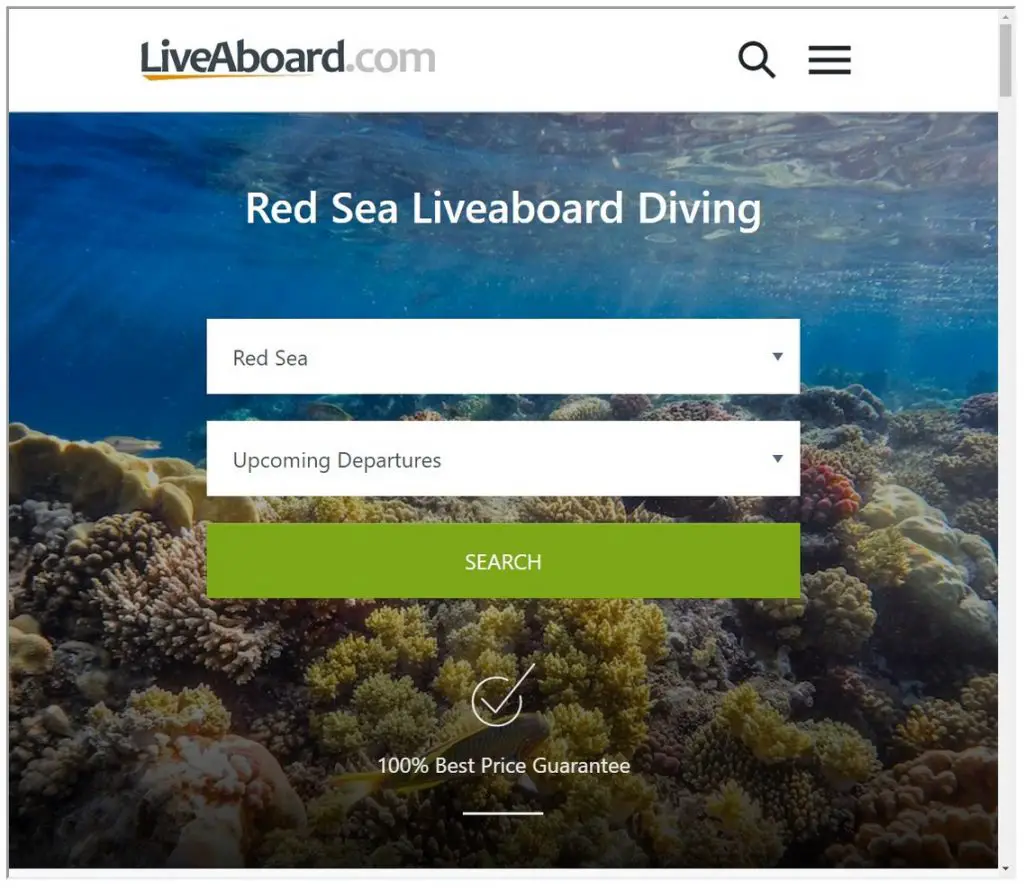
Scuba diving with sharks
The Red Sea has many sharks, which includes reef sharks, oceanic white tips (see below), hammerhead sharks and whale sharks. For a list of more sharks found in the Red Sea, please take a look at this post: Are There Sharks in Egypt and the Red Sea?
Scuba diving with sharks in the Red Sea is generally considered safe, as long as you follow safe diving practices. This includes not provoking the sharks.
But the one shark you need to be extra careful with is oceanic whitetip sharks. These sharks can be aggressive and are opportunistic hunters. I suggest you read this article, which includes two divers in the Red Sea with a very aggressive oceanic whitetip shark: Elphinstone Reef Shark Attack.
But before you dive the Red Sea, you may also like to read this article about an attack on a scuba diver at The Brothers Islands in the Red Sea too.
In this shark attack article, I explain how the attack could have been avoided. You will also go armed with the knowledge of what to do should you get close to oceanic whitetip sharks: Brothers Shark Attack: Oceanic Whitetip Shark Attacks Diver. I use the “H.U.G.E” acronym, which should keep you safe when diving with sharks in the Red Sea.
You may also like to read this article about top diving with sharks FAQs.
Scuba diving with sea creatures
Other Red Sea creatures to keep safe from include:
- Moray eels.
- Triggerfish.
- Scorpion Fish.
- Turtles.
- Lionfish.
- Fire coral.
Moray eels are mostly harmless, unless provoked. As with all sea creatures do not harass them and don’t provoke them, otherwise they may bite. The bite from a moray eel can be extremely painful, and because of the bacteria in their mouth, any cuts from their bite will likely get infected.
Another creature that can harm you in the Red Sea includes the triggerfish. You are mostly safe when diving with triggerfish, but you need to be careful. When diving with triggerfish, you need to take more care when it’s triggerfish breeding season.
Triggerfish can be very aggressive when they are protecting their nest, and an unsuspecting diver can get bitten. Triggerfish have very sharp teeth, which are capable of biting through wetsuit neoprene. The best way to stay safe diving in the Red Sea with triggerfish is to stay away from their nests.
Also, be aware of any signs they may attack, which includes them laying on their side.
This titan triggerfish in the Red Sea attacks the diver’s camera:
Red Sea stonefish are very difficult to spot (see video below), and you should be careful where you put your hands. You should also be careful if you kneel on a sandy patch, as you may not spot any stonefish below. This can be seen in the video below, and you can see how stonefish have the perfect camouflage.
A sea creature you may not have thought would attack scuba divers is a turtle. Turtles are mostly gentle creatures and will normally swim away from divers. But they can and have bitten divers, especially if provoked when touched.
As with all sea creatures, which includes turtles, look but don’t touch.
This turtle becomes very persistent with a diver trying to bite them.
The following turtle gets upset when the diver touches it, which is what you should never do.
Be careful with lionfish too, as these have poisonous barbs. Lionfish will not attack divers, but you need to be careful with your hands.
Fire coral is another safety hazard when diving the Red Sea. It’s only painful if you touch it as the fronds will ‘burn’ your skin. The best way to avoid being burnt with fire coral is to look and don’t touch, which is the same for any coral.
For more information about diving with dangerous sea creatures, please take a look at this article: Scuba Diving Dangerous Animals.
Night diving safety
If you dive on a Red Sea liveaboard you’ll have the opportunity to night dive. Night diving is fun and gives a completely different perspective on the underwater world when compared to diving in the daytime. You’ll need a scuba diver torch to night dive, and for safety reasons most night dives are in shallow water with no currents.
Although I did once dive the Thistlegorm wreck at night, which is a deep dive with currents. Only two of us dived this wreck that evening, and the both of us are very experienced divers with many hundred dives under our belt.
We had to dive the wreck on slack tide, but the tide began to run fast as we reached the shot line and ascended to the surface. This is still one of my best divers ever, as we saw two of the largest leatherback turtles sleeping on the wreck, which was amazing.
One of the best ways to make sure you get to night dive in the Red Sea is to book yourself on a Red Sea liveaboard. The table below includes all Red Sea liveaboards with links to the booking page and an individual review of each liveaboard too.
You may also like to brush up on diver safety before you go to the Red Sea to dive. This article runs through the 10 top safety tips for scuba diving: 10 Top Safety Tips For Scuba Diving.
Table of all Red Sea Liveaboards
The following table of all Red Sea liveaboards is in descending customer rating order, so the liveaboards with the highest customer rating will be at the top of the list. To filter this table for the features that are important for your Red Sea liveaboard trip, select from the list of filters below
| Discover Liveaboard | Customer Reviews | Price Per Day | |
|---|---|---|---|
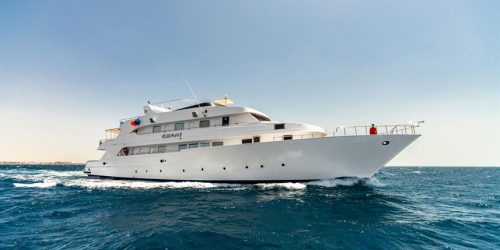 |
Review: MV Ghani; Book: MV Ghani | 10 Exceptional | from £97; $118; €111 |
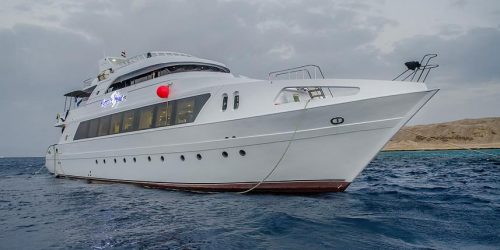 |
Review: MY Hammerhead I; Book: MY Hammerhead I | 10 Exceptional | from £86; $105; €98 |
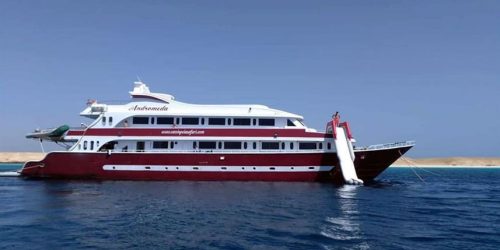 |
Review: MV Andromeda; Book: MV Andromeda | 10 Not rated | from £89; $109; €101 |
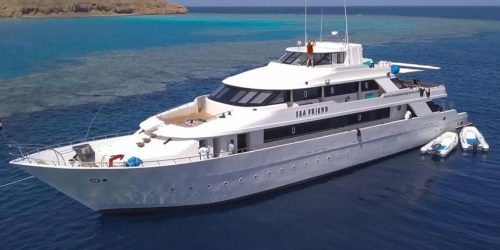 |
Review: MY Sea Friend; Book: MY Sea Friend | 9.6 Exceptional | from £72; $88; €82 |
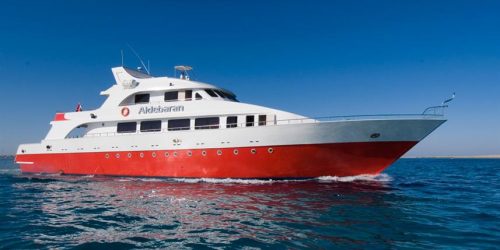 |
Review: MY Aldebaran; Book: MY Aldebaran | 9.6 Exceptional | from £103; $126; €117 |
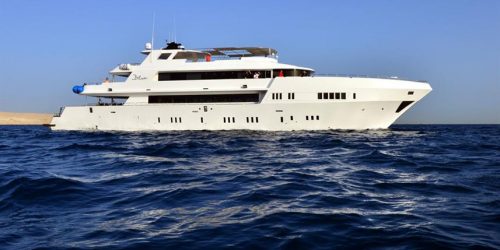 |
Review: MY Blue; Book: MY Blue | 9.5 Exceptional | from £114; $139; €130 |
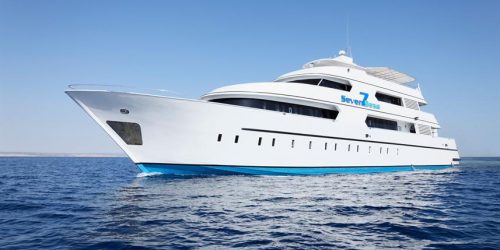 |
Review: MY Seven Seas; Book: MY Seven Seas | 9.5 Exceptional | from £108; $126; €117 |
Note: The above “Price Per Day” was correct at the time of producing this article, as was the exchange rate used to convert the GBP cost to US Dollars and Euros. For an up-to-date cost for your chosen liveaboard, please visit the “Book” link above.
I hope you enjoyed this article about is it safe to dive in the Red Sea
I’d love to hear from you. Tell us about your adventures of diving and snorkeling, in the comments below. Please also share your photos. Either from your underwater cameras or videos from your waterproof Gopro’s!
If this article hasn’t answered all of your questions. If you have more questions either about snorkeling or scuba diving (or specifically about is it safe to dive in the Red Sea), please comment below with your questions.
There will also be many more articles about scuba diving (and snorkeling) for you to read and learn about these fabulous sports.
Have fun and be safe!

